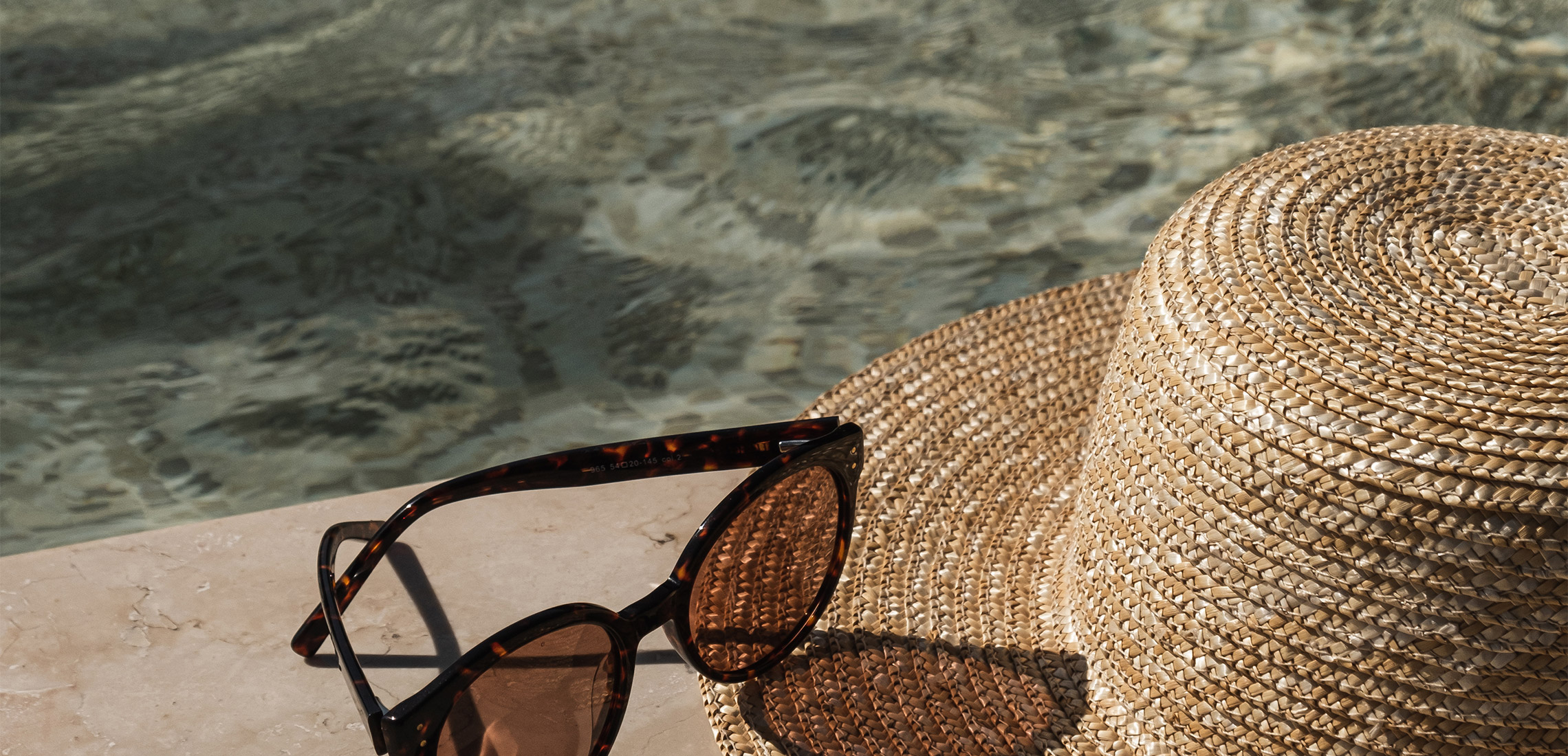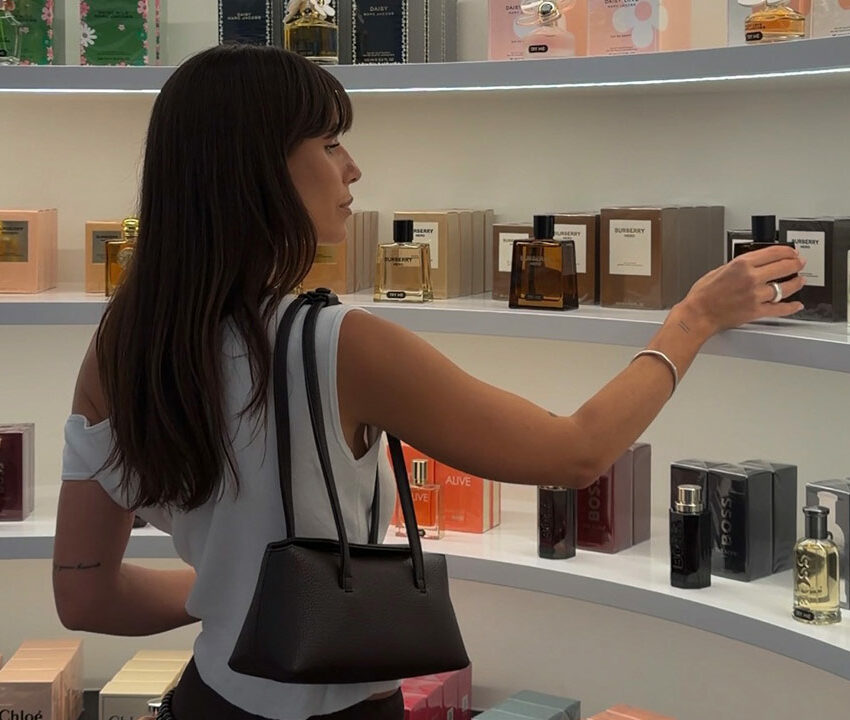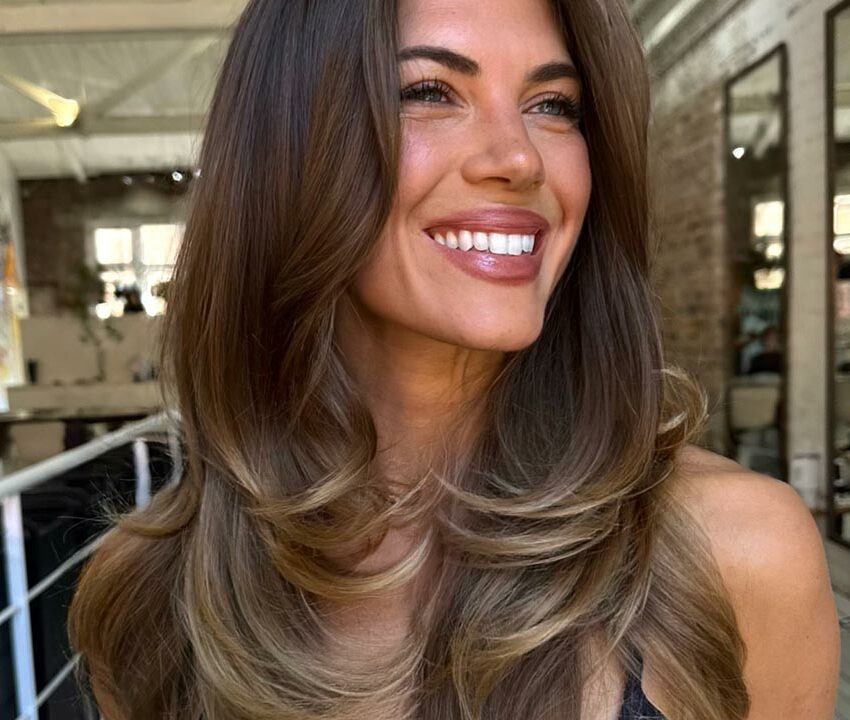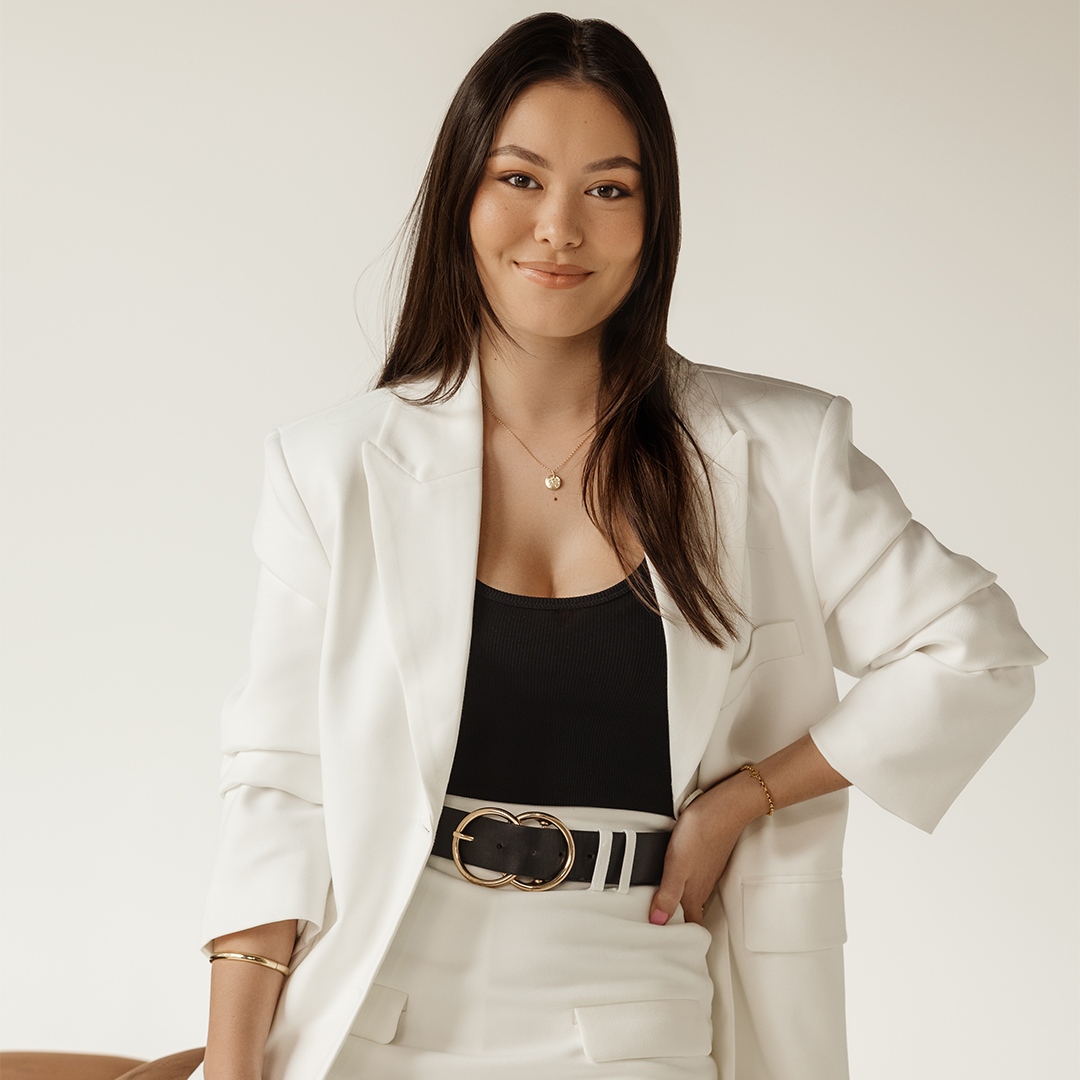
A Dermatologist Weighs In On The Effects Of Sun Damage And What To Do If You Have It
No hat, no play
By Natalie McGowan | 16th January 2024Living in Australia means making the most of our wonderfully warm weather and embracing an outdoorsy lifestyle. But while we love a sunburnt country, some serious health risks are associated with exposure to the intense Aussie sun.
As we all know by now, sun damage (also known as photoaging) puts us at risk of developing skin cancers, meaning SPF should be a non-negotiable part of your morning routine.
To further understand the importance of slip, slop, slapping, as well as what to do to mitigate the effects of photoaging, and more, we chatted with Dr Godfrey Wagner, consultant dermatologist at The Skin Lab.
What is sun damage?
Think of the sun as a Chernobyl in the sky; it is constantly releasing a dose of radiation to our skin. Eventually, this radiation can reach a critical level where the DNA in some areas of the skin becomes permanently changed. When the damage occurs, we start to see a change in our skin and eventually, we can develop a cancer of the skin. The radiation dose from the sun is low but cumulative, so the sun exposure we have as children is added to our teenage years and so on, until eventually we reach a critical level. The more sun exposure you have, the sooner the DNA changes occur. Just as you wouldn’t dream of going into Chernobyl without your radiation protection suit, we can protect ourselves from sun exposure if we are mindful of it.
What are the common signs of sun damage?
Unlike normal chronological ageing – which is dictated by age and genetics – photoaging (aka sun damage) happens when ultraviolet light from the sun and tanning beds permanently damages the skin’s structure. To see the difference between chronological ageing and photoaging, compare skin on an area of your body that is not exposed to the sun with the skin on your face.
Signs of photodamage begin in the teens to the early twenties. Symptoms include the following:
- Wrinkling
- Pigmentation changes such as age spots, liver spots (solar lentigines), and freckles
- Loss of skin tone (decreased elasticity)
- Rough, uneven skin texture
- Broken capillaries (spider veins), usually around the nose and chest
- Redness and blotchiness
How does sun damage affect the skin, short-term and long-term?
Sunburn is the body’s way of saying, “Whoa, that’s too much sun!” It can range from a mild pink glow to severe blistering. However, the more concerning effects are the long-term ones that develop over years of exposure. These include premature ageing – we’re talking loss of skin elasticity, deep wrinkles, and, most alarmingly, an increased risk of various types of skin cancer. It’s like a sneak attack on your skin’s health, which is why consistent protection is non-negotiable, no matter your age, skin type, or the weather.
What’s the difference between UVA and UVB rays? How do they affect the skin?
UVA rays are sneaky, long-wave rays that go deep into the skin’s dermis, causing silent but significant ageing and long-term damage. They go deep enough to affect all the layers of the skin, including the deeper layers where our collagen and elastin are made. This elasticity keeps our skin looking firm and taut. The more superficial layers are also affected, as are the small capillaries.
On the other hand, UVB rays are the troublemakers that damage the skin’s DNA at a much more potent level. Damage to the more superficial layers results in changes in skin pigmentation so that the colour is no longer even, we start to see small blood vessels develop, and eventually, we develop pre-cancerous cells called solar keratoses. Both UVA and UVB rays are partners in crime when it comes to contributing to skin cancer, making it crucial to protect against both.
Who is most susceptible to photoaging?
The lighter your skin colour is, the more likely you are to be affected by the sun’s rays. Dermatologists use the Fitzpatrick scale to determine your risk. The fairer you are, the greater the risk.
- Type I: Pale skin, light-coloured eyes, blond or red hair. Always burns, and does not tan.
- Type II: Fair skin with light-coloured eyes. Burns easily but may tan.
- Type III: Medium light skin that initially burns and then tans.
- Type IV: Light brown skin that tans with minimal burning.
- Type V: Medium brown skin that rarely burns.
- Type VI: Dark brown or black skin that tans easily and never burns.
What can dermatologists do to treat photoaging?
- Lasers. Numerous laser modalities can address the signs and symptoms of photoaging. Fractional resurfacing lasers use laser energy to rejuvenate skin and minimise the appearance of brown spots and fine lines, as well as improve texture and the appearance of enlarged pores. Other lasers, such as picosecond and nanosecond lasers, can address pigmentation concerns.
- Chemical peels. By applying a chemical substance such as trichloroacetic acid or glycolic acid to the skin, dermatologists can remove brown spots and actinic keratoses and improve the tone and texture of photoaged skin.
- Photodynamic therapy. This treatment helps remove precancerous spots that can result from sun exposure. The doctor applies a topical medication on the skin and then uses a blue or red fluorescent light to activate the medication, which destroys precancerous cells but preserves normal cells.
- Topical medications. Certain medications, such as a topical retinoid medication (like tretinoin), can be prescribed to even out your skin tone and address roughness and fine lines that result from photoaging.
- Cryotherapy. Liquid nitrogen is sometimes used to freeze noncancerous age spots or actinic keratoses, and after a few days, the spots become dark and shed off.
- Injectable collagen bio-remodelling agents. These agents can be strategically injected to stimulate collagen production, providing a non-surgical way to improve skin elasticity, reduce wrinkles, and firm photodamaged skin.
How can you prevent photoaging?
Seek shade, especially during the sun’s peak hours – think of it as giving your skin a little break. Wear protective clothing like long-sleeved shirts and wide-brimmed hats – your skin will thank you. Don’t forget the broad-spectrum sunscreen, SPF 50 or higher, and remember to reapply every two hours or after swimming or sweating. Sunglasses with 100% UV protection are not just a fashion statement; they’re a shield for your eyes. Also, be mindful of reflective surfaces like water, snow, and sand – they can intensify UV exposure.
What features are important to look for when buying sunscreen?
When selecting sunscreen, look for the heavy hitters. It should offer broad-spectrum protection against both UVA and UVB rays and be SPF 50+. If you’re planning to hit the water or work up a sweat, make sure it’s water-resistant. Active ingredients matter too – zinc oxide or titanium dioxide for physical blocking, or avobenzone and ecamsule for chemical protection. With endless options and a great selection of multitaskers, the best sunscreen to use is one that fits in well with your routine and budget, and will be used every day regardless of your intended exposure.
What advice do you have for treating skin that is already sun damaged?
It’s never too late to show your skin some love. Start by incorporating antioxidants into your routine – vitamins C and E are your skin’s best friends here. These powerhouses combat free radicals, the culprits behind cell damage. Consider using retinoids; they’re perfect for promoting skin cell turnover and improving texture. Alpha and beta hydroxy acids are your exfoliating allies, helping to remove those damaged skin cells. For deeper damage, professional treatments like laser therapy or chemical peels can work wonders, stimulating collagen production and rejuvenating the skin. Proactive care is essential, so consulting a dermatologist for personalised advice is always a smart move.
When is it time to see your dermatologist?
If you have sustained a lot of sun damage including lots of blistering sunburns as a child, don’t hesitate to book an appointment. If you find a mole that has changed colour, shape or size, it is important to get an assessment. Regular skin checks and early detection could save your life. From a cosmetic point of view, people are sometimes self-conscious about their sun-damaged skin and there are lots of options to help improve the appearance of your skin.
Check out our favourite Aussie sunscreens here.






